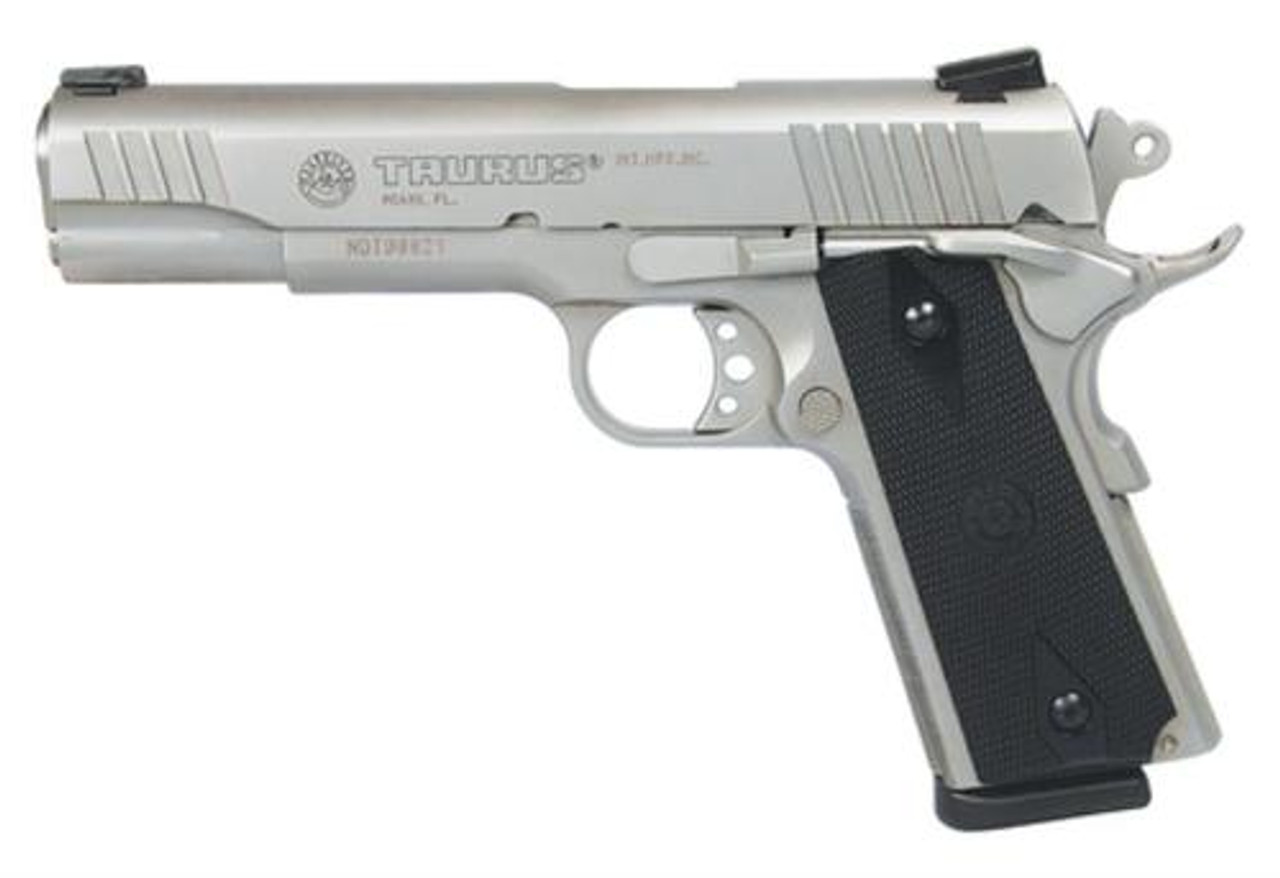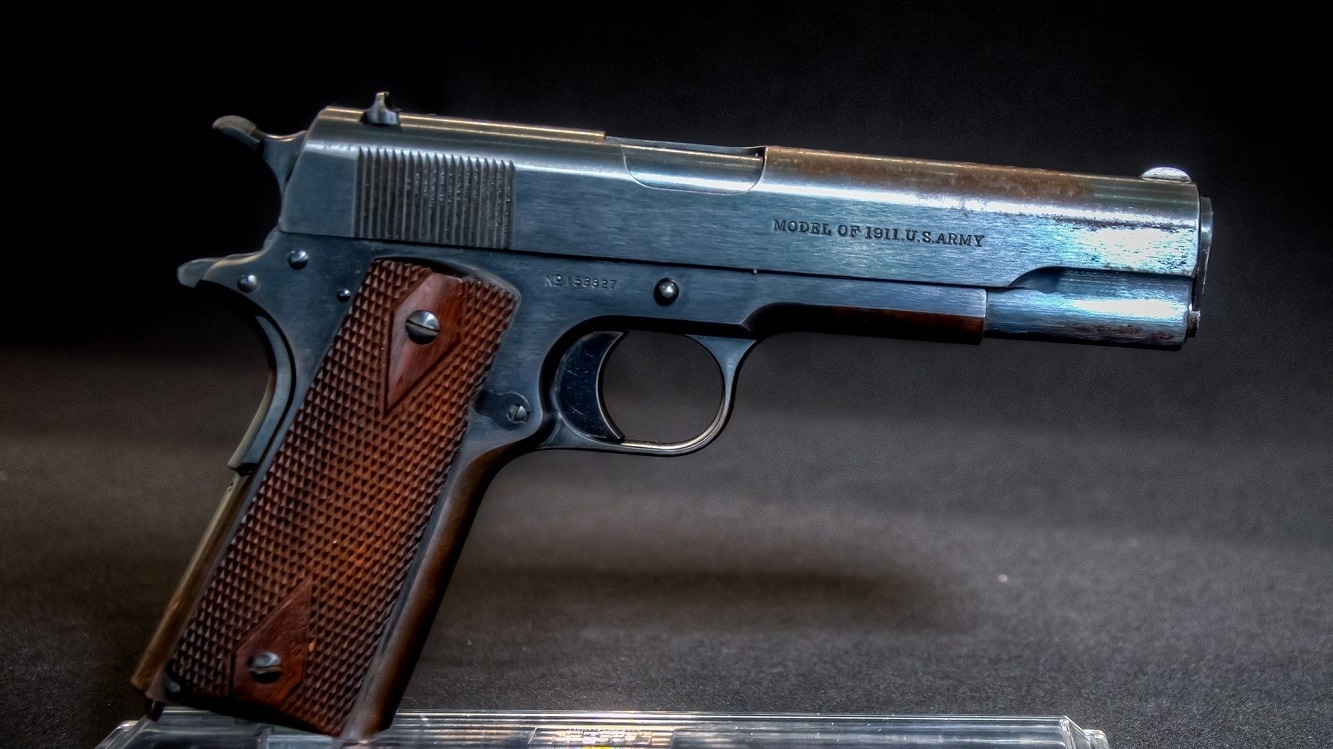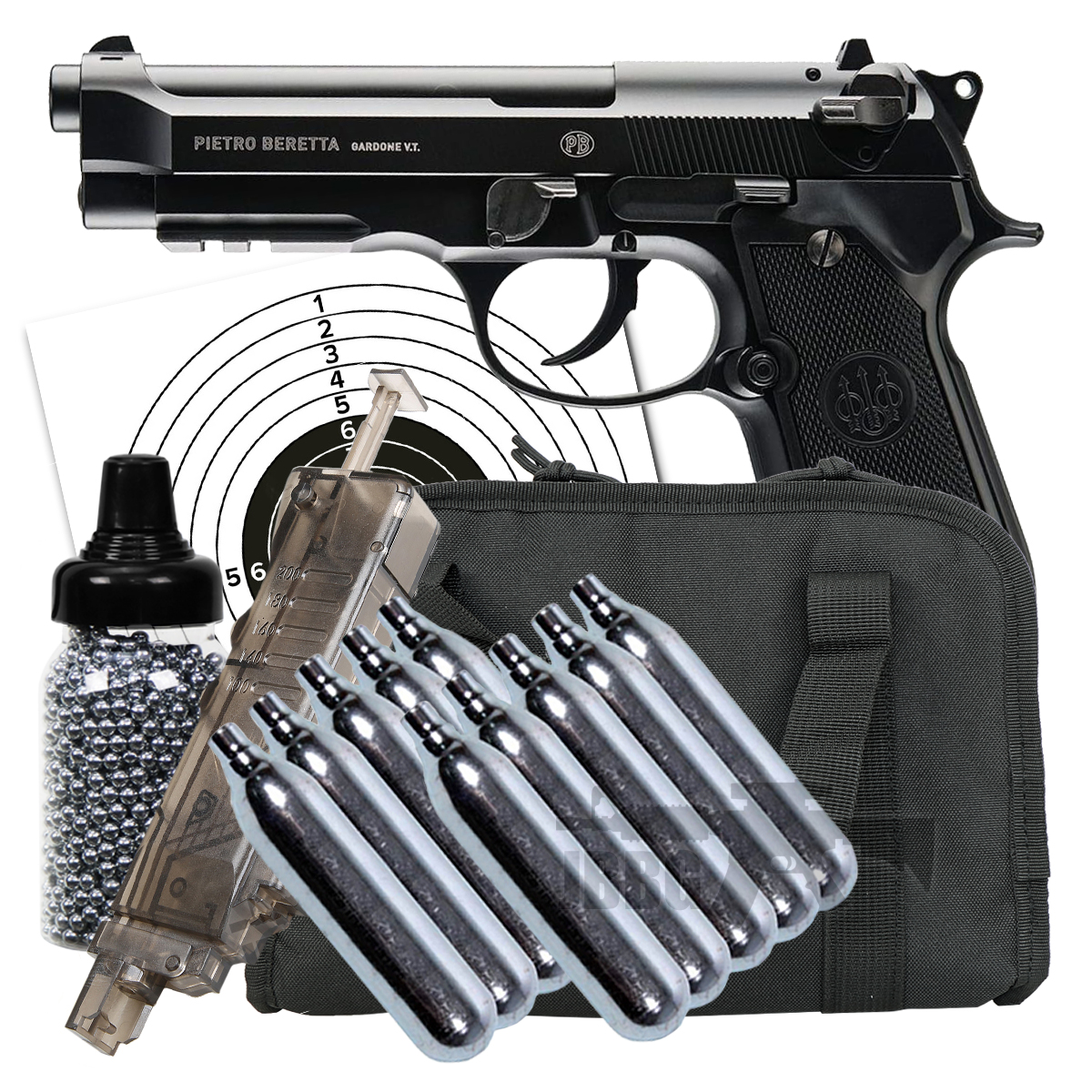Beretta 45 1911 - The M1911 (Colt 1911 or Colt Governmentmt) is a single action chambered for the .45 ACP cartridge. running backwards; A semi-automatic pistol.
The official US Army designation for the pistol in 1940 was Automatic Pistol, .45 Caliber, M1911, adopted in March 1911 for the original model, and Automatic Pistol, .45 Caliber, M1911A1, which was changed. his service pattern to the improved M1911A1. model. changed in 19 Vietnam War-era pistol, .45 caliber, automatic, M1911A1
Beretta 45 1911

Designed by John Browning, the M1911 is known among his designs for using the short recoil principle in its basic design. The pistol was widely copied; This OS became the dominant type of almost all 20th century and modern cterfire pistols. Popular with civilian shooters at competitive events like the International Defensive Pistol Association and the International Practical Shooting Confederation.
Signature Owb Holster
The US Army purchased approximately 2.7 million M1911 and M1911A1 pistols during their lifetime. The pistol served as the standard sidearm for the US Army from 1911 to 1985. World War I World War II It was widely used in the Korean War and the Vietnam War. The M1911A1 was succeeded by the 9mm Beretta M9 pistol in 1985, and the US Army did not replace the M1911A1 with the Beretta M9 until October 1986, due to the popularity of the M1911 among users. It's not completely out yet. US Army Special Forces use modern derivatives of the M1911; It is still used by some units of the US Marine Corps and the US Navy.
The M1911 pistol originated in the late 1890s as a result of the search for a suitable self-loading (or semi-automatic) pistol to replace the various types of service revolvers.
The United States is receiving new weapons at a phenomenal rate. Several new pistols and two new service rifles (the M1892/96/98 Krag and the M1895 Navy Lee) were adopted during that decade, as well as a range of revolvers from Colt and Smith & Wesson for the army and navy. The next decade would see similar momentum, including the adoption of many more revolvers and the search for a self-loading pistol culminating in the official adoption of the M1911 after the turn of the decade.
Hiram S. Maxim designed a self-loading rifle in the 1880s, but was concerned with machine guns. However, the principle of using cartridge energy for reloading led to many self-loading pistols in 1896. The designs caught the attention of various servicemen, and each began to find programs that were suitable for his forces. In the US, such a plan would lead to a formal trial in the late 20th century.
Cheap 1911 Vs. Expensive 1911: Which Pistol Is Better?
D's 1899 and early 1900 Mauser (C96 "Broomhandle"); A number of self-loading pistol tests were conducted, including tests by Mannlicher (the Mannlicher M1894) and Colt (the Colt M1900).
This led to the purchase of 1,000 DWM Luger pistols chambered in the 7.65mm Luger, a bottlenecked cartridge. During field testing, they have experienced some issues, particularly with stall power. Other governments have filed similar complaints. Therefore, DWM produced a larger version of the 9×19mm Parabellum round (known in military parlance as the 9×19mm NATO), a necked-down version of the 7.65mm round. Fifty of these were tested by the US Army in 1903.
During the Philippine-American War, US forces fighting Tausūg guerrillas in the Moro Rebellion in Sulu found the standard Colt M1892 revolver in .38 Long Colt unsuitable for the rigors of jungle warfare, especially for stopping the power. This is because the Moors have a great fighting spirit and often use drugs to prevent pain.

The US Army briefly reused the M1873 single-shot revolver in .45 Colt caliber, which became the standard in the late 19th century. A heavier bullet was found to be more effective against charging tribes.
Classic Pistol That Are Still Viable Self Defense Options In Today's World
The problems led Army Chief of Staff Gerald William Crozier to authorize further testing of the new service pistol.
After effectiveness tests of the 1904 Thompson-LaGarde pistol rounds, Colonel John T. Thompson said that the new pistol should be no smaller than .45 caliber and be capable of semi-automatic operation.
This led to six gun manufacturers testing pistols in 1906 (namely Colt, Bergmann, Deutsche Waff und Munitionsfabrik (DWM), Savage Arms Company, Knoble, Webley, and White-Merrill).
Of the six designs featured, three were phased out early on, the Savage being placed in the new .45 ACP (Automatic Colt Pistol) cartridge. Only the Colt and DWM designs were left out.
Gun Cleaning Rubber Mat Tactische Accessoire Beretta Px4 Muismat Voor Gen5 Glock 1911 P320 Muis Mat Ar15 Ak47|accessoires Voor Jachtgeweren|
These three still had issues that needed to be fixed, but Colt and Savage resubmitted their designs. There is some debate as to why the DWM was removed: some believe they were biased and that the DWM design was used primarily as a "scapegoat" for Savage and Colt pistols;
Despite the early 1900's purchase of the DWM design on the efforts of Colt and Steyr, it did not go well. However, a series of field tests from 1907 to 1911 decided between the Savage and Colt designs.
Among Colt's areas of success was an experiment conducted in 1910 by its designer, John Browning, on the D. Over a 2-day period, 6,000 rounds were fired from a pistol. As the gun heats up, it is simply submerged in water to cool it down. The Colt pistol was pristine, but the Savage design was a 37.

March 29 Colt pistol after a successful test. Officially adopted by the Army in 1911, it was designated the "1911 Model", later changed to the "1911 Model" in 1917, with "M1911" in the middle. 1920 The Director of Civilian Marksmanship began production of M1911 pistols for members of the National Rifle Association in August 1912. Approximately 100 pistols stamped "N.R.A." Made by Springfield Armory and Colt with serial number.
Beretta M9 Pistol Review My 20 Years With The M9
The M1911 was officially adopted by the US Navy and Marine Corps in 1913.45 The "US Army Model 1911" ACP was used by both Army cavalry and infantry troops. of the US during the US Punitive Expedition against Pancho Villa in Mexico. 1916.
In early 1917, a total of 68,533 M1911 pistols were delivered to the US armed forces by Colt's Patt Firearms Manufacturing Company and the US government's Springfield Armory. However, the need to greatly expand the US military and the increased demand for firearms during World War I led to Remington-UMC and the North American Arms Co. of Quebec. de Quebec saw production expand to Colt and Springfield Armory, as well as other contractors.
National Company of Cash Registers; the Savage Guns Company; Caron Brothers Manufacturing of Montreal; Burroughs Adding Machine Co.; Several other manufacturers, including the Winchester Repeating Arms Company and the Lanston Monotype Company, were contracted to produce the M1911. The signing of the armistice caused the cancellation of contracts before the production of pistols.
The World War I battlefield experience was completed in 1924 and resulted in some additional minor external changes. The new version was given the classification designation M1911A1 in 1926 with the stipulation that the number of M1911A1s should be greater than 700,000.
Beretta 92x Performance Pistol 15 Round Copper Barrel / Accents
A shorter trigger in a change to the original M1911A1 design; cutouts in the rear panel of the actuator; An arched house; A longer gripping safety element (formerly a hammer bite); Wider front view; a short hammerhead; and simplified. Control check (removal of "Double Diamond" reliefs).
These changes are subtle and primarily intended to make the pistol easier for smaller hands to shoot. No significant internal changes were made and parts remain interchangeable between the M1911 and M1911A1.
US. David Marshall Williams, working in the Bureau of Ordnance, developed a .22 training version of the M1911 to give the .22 long rifle recoil similar to that of the .45 version.

As Colt's Service Ace; It is available as a pistol and as a replacement kit for .45 M1911 pistols.
Range Officer® Compact .45 Acp Handgun
Prior to World War II, 500 M1911s were produced under license by the Norwegian arms factory Kongsberg Vaapfabrikk, the Automatiks Pistol Model 1912. Production switched to a modified version of the Pistol Model 1914, unofficially known as the "Kongsberg Colt". The M/1914 pistol is noted for its unusual extended slide stop as specified by the Norwegian Weapons Authority. 22,000 were produced between 1914 and 1940, but after the German occupation of Norway in 1940, 10,000 were produced as Pistole 657(n) for the German Army.
Between 1927 and 1966, 102,000 M1911 pistols were produced in Argentina as the Colt Model 1927 System by the Dirección General de Fabricaciones Militares. A similar weapon, the Ballester-Molina, was also designed and manufactured.
The M1911 and M1911A1 pistols were ordered from Colt or Brazil (M1937 contract pistol); Many other countries, including Mexico (Mexican contract M1911), produced it domestically in modified form.
1911 45 leather holster, taurus 1911 45 holster, 1911 45 holster concealed, shoulder holster 1911 45, 1911 45 cal holster, colt 45 1911 holster, holster for 45 1911, kimber 1911 45 holster, holsters for 1911 45, springfield 1911 45 holster, 1911 45 acp holster, citadel 1911 45 holster
0 Comments